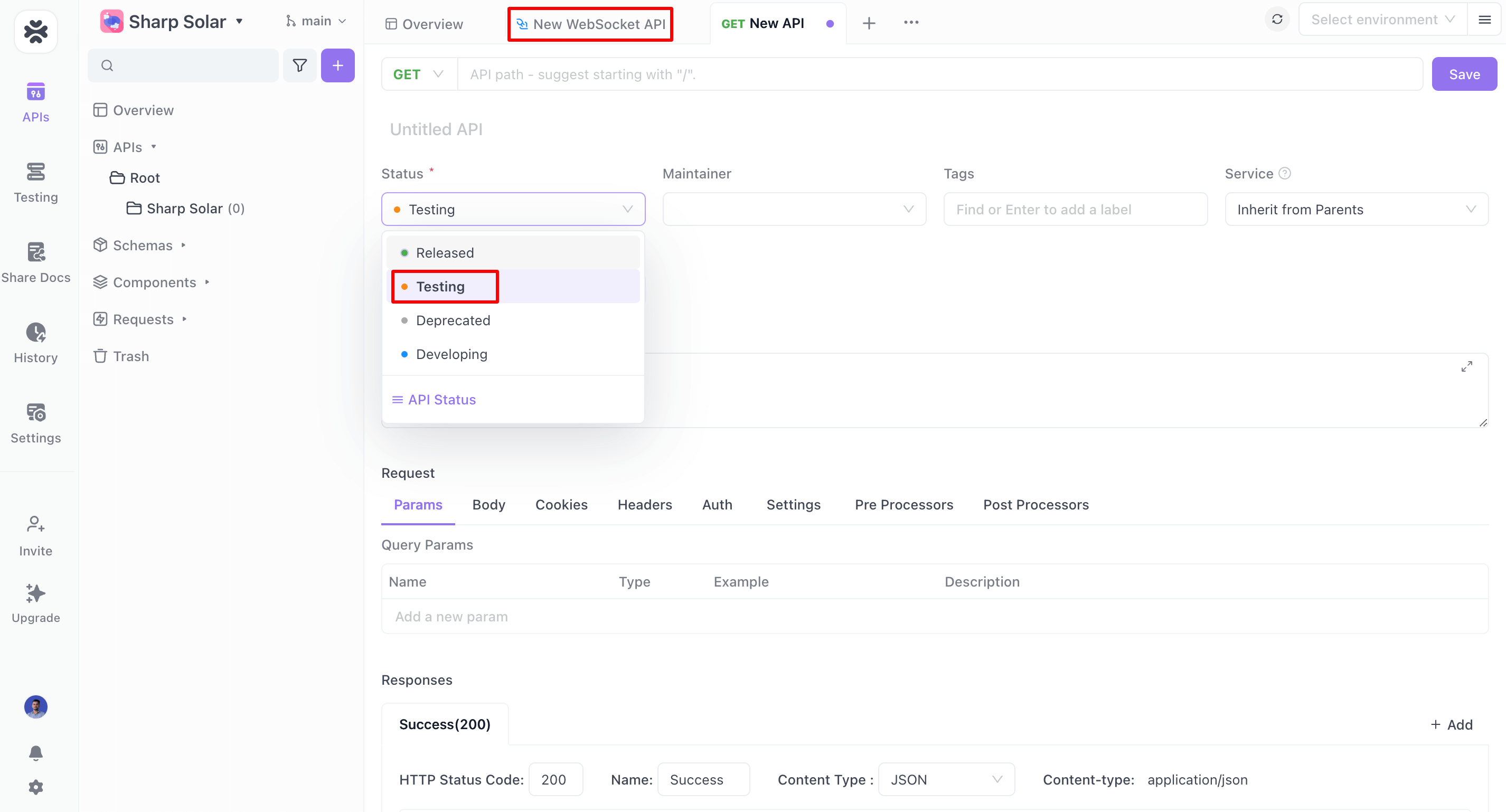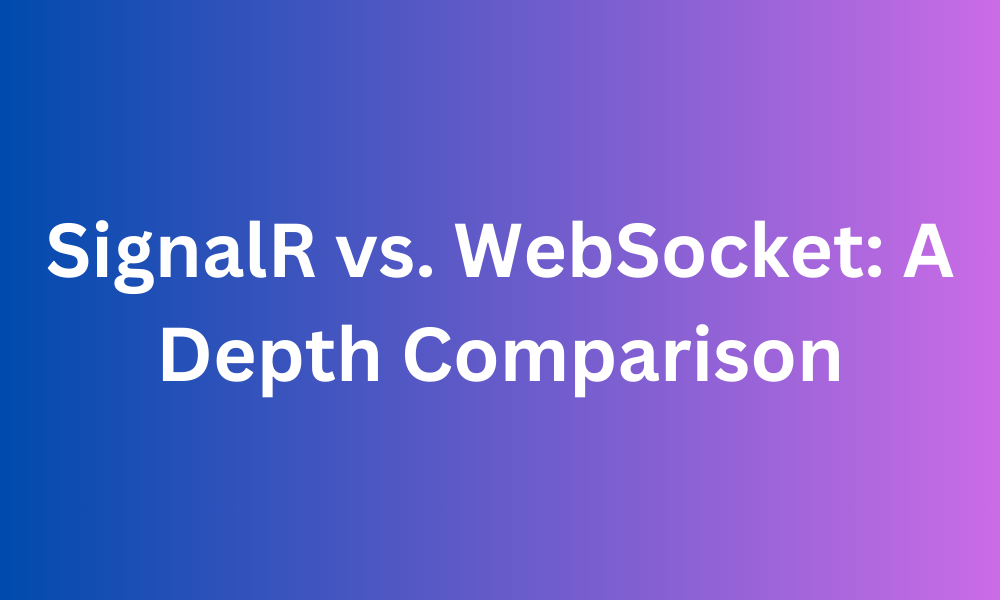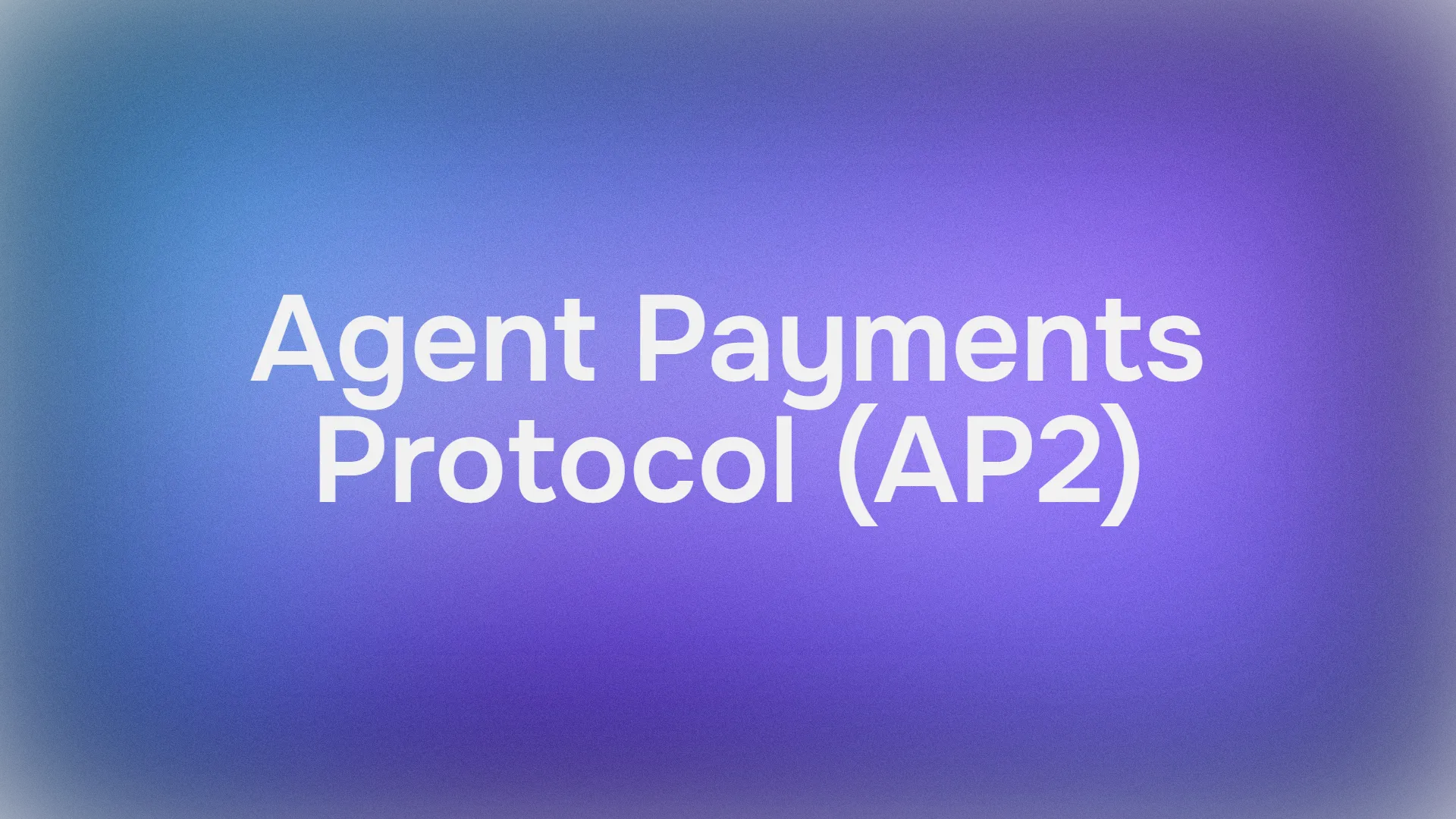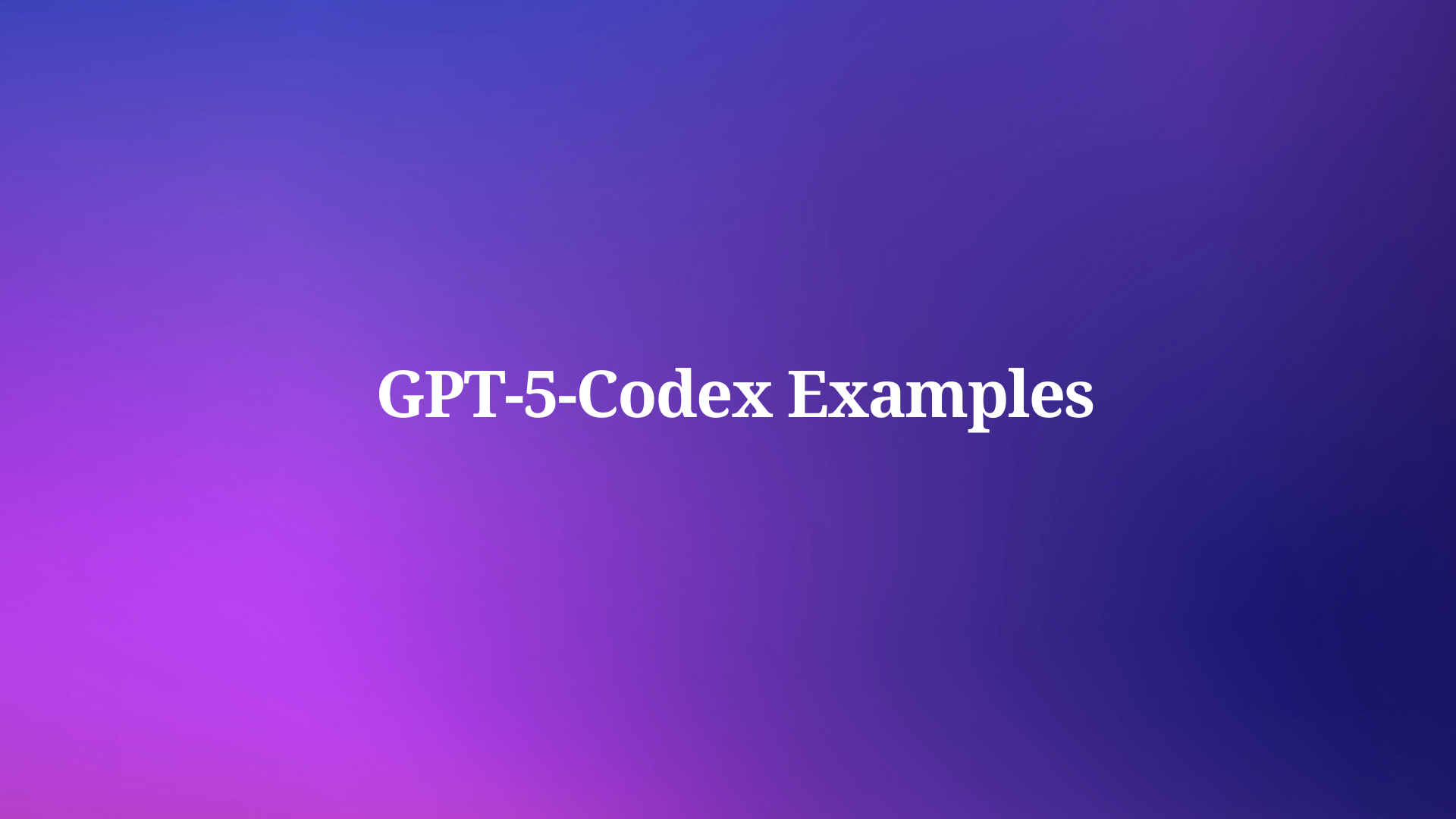In the landscape of real-time communication technologies, understanding the nuances between SignalR and WebSocket is crucial for developers and architects. Both offer real-time capabilities, yet they serve different purposes and have distinct implementations. Let’s dive deep into a comparison to shed light on their differences and appropriate use cases.
What is SignalR?
SignalR is a library for ASP.NET developers that simplifies the process of adding real-time web functionality to applications. It enables server-side code to push content to connected clients instantly.

Key Characteristics of SignalR
- Abstraction Over WebSocket: SignalR abstracts the WebSocket protocol, offering a more straightforward way to implement real-time web functionalities.
- Automatic Fallback: It automatically falls back to other compatible techniques (like server-sent events, and long polling) when WebSockets aren’t available.
- Rich Feature Set: SignalR provides additional features like connection management, grouping, and broadcasting.
Use Cases for SignalR
SignalR is best used in applications built on the .NET framework where real-time updates are needed, such as:
- Real-time dashboards and monitoring systems.
- Collaborative applications like online drawing tools.
- Chat applications.
What is WebSocket?
WebSocket is a communication protocol providing full-duplex communication channels over a single TCP connection. It’s a core technology in the HTML5 specification designed to enable real-time communication between a web client and a server.

Key Characteristics of WebSockets
- Bi-Directional Communication: WebSocket allows for continuous two-way communication between client and server.
- Persistent Connection: It maintains a persistent connection, enhancing real-time capabilities.
- Protocol-Level Technology: WebSocket is a protocol, not a framework or library. It’s a foundational technology that can be implemented in any language supporting TCP sockets.
Use Cases for WebSocket
WebSockets are ideal for scenarios requiring high-frequency, low-latency communication, such as:
- Live sports updates.
- Real-time trading platforms.
- Multiplayer online games.
SignalR vs WebSocket: Key differences
Protocol vs Library/Framework
- WebSocket is a standard protocol used for real-time communication.
- SignalR is a library that uses WebSocket as one of its transport methods but offers additional functionalities and fallback options.
Implementation and Compatibility
- WebSocket requires manual handling of various aspects of the connection and communication.
- SignalR handles connection management, protocol negotiation, and communication automatically, providing a higher-level API for developers.
Flexibility and Ecosystem
- WebSocket is versatile and can be implemented in any platform or language that supports TCP.
- SignalR is specifically designed for .NET applications and seamlessly integrates with the .NET ecosystem.
Fallback Mechanisms
- WebSocket doesn’t have built-in fallback mechanisms.
- SignalR can automatically switch to other communication techniques if WebSocket is not available.
Comparison Table WebSocket & SignalR:
| Feature/Aspect | WebSocket | SignalR |
|---|---|---|
| Type | Protocol | Library/Framework |
| Communication | Full-duplex, bi-directional | Full-duplex, bi-directional; additional features for broadcasting and grouping |
| Connection | Persistent | Persistent; automatic management and reconnect capabilities |
| Compatibility | Universal (any platform/language supporting TCP) | Primarily for .NET applications |
| Fallback Mechanisms | None | Automatic fallback to other techniques (long polling, server-sent events) if WebSockets are unavailable |
| Implementation | Requires manual handling of connection, communication | Simplifies implementation with a higher-level API; manages connection and protocol negotiation |
| Use Cases | Ideal for applications requiring real-time interaction across diverse platforms | Suited for ASP.NET applications requiring real-time functionalities with additional features |
| Flexibility | Highly flexible; can be used with any tech stack | Tailored for .NET ecosystem; less flexible for non-.NET environments |
Apidog's Significance in WebSocket API Testing
In the dynamic world of web development, where real-time communication is vital, Apidog emerges as an indispensable tool for WebSocket API testing. Its design specifically caters to the unique challenges of WebSocket APIs, setting it apart in several key areas:

Real-Time Interaction: Apidog enables live interaction with WebSocket APIs, allowing testers to send messages and receive immediate responses, mirroring real-world application behavior.
Intuitive User Interface: Its user-friendly design simplifies the testing process, making it accessible for both novice and experienced testers and developers. This ease of use is crucial for efficient setup, execution, and analysis of tests.
Comprehensive Testing Features: Apidog goes beyond basic functionality checks, offering extensive testing capabilities including connection stability, message formatting, concurrency handling, and response time analysis.
Collaboration Enhancement: Recognizing the importance of teamwork in modern development, Apidog facilitates the sharing of test configurations and results, promoting effective communication and a cohesive testing strategy.
Automation for Efficiency: It supports test automation, a key feature for maintaining continuous oversight of API performance and functionality, thus enhancing efficiency.
Efficient Error Detection and Resolution: With detailed analysis tools, Apidog aids in swiftly identifying and addressing issues, reducing the time and effort spent in troubleshooting.
The Impact
Apidog's specialized, user-friendly, and all-encompassing testing environment substantially elevates the quality and reliability of WebSocket APIs. This leads to smoother development processes, minimized debugging time, and ultimately, a superior experience for the end user. In the realm of WebSocket API testing, Apidog stands out as a critical tool for modern web developers.
Conclusion:
In conclusion, while WebSocket offers a foundational protocol for real-time communication across various platforms, SignalR provides a high-level framework specifically for ASP.NET applications, simplifying the implementation of real-time features. Understanding these differences is key to selecting the right technology for your project. For pure WebSocket functionality, choose WebSocket, but for a comprehensive .NET solution with additional features and fallback options, SignalR is the way to go.



